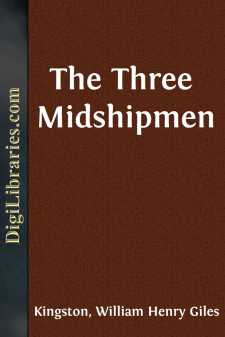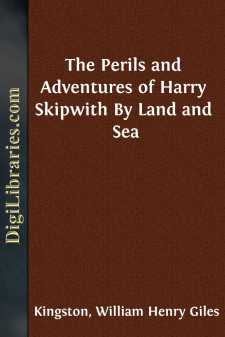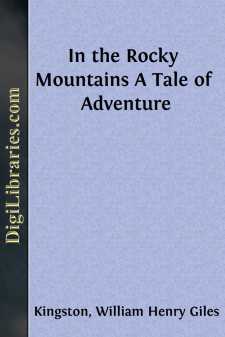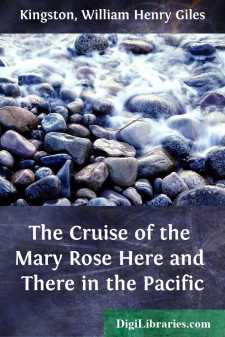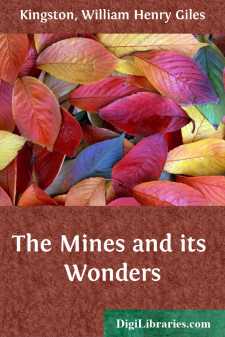Categories
- Antiques & Collectibles 13
- Architecture 36
- Art 48
- Bibles 22
- Biography & Autobiography 813
- Body, Mind & Spirit 141
- Business & Economics 28
- Children's Books 12
- Children's Fiction 9
- Computers 4
- Cooking 94
- Crafts & Hobbies 4
- Drama 346
- Education 46
- Family & Relationships 57
- Fiction 11826
- Games 19
- Gardening 17
- Health & Fitness 34
- History 1377
- House & Home 1
- Humor 147
- Juvenile Fiction 1873
- Juvenile Nonfiction 202
- Language Arts & Disciplines 88
- Law 16
- Literary Collections 686
- Literary Criticism 179
- Mathematics 13
- Medical 41
- Music 40
- Nature 179
- Non-Classifiable 1768
- Performing Arts 7
- Periodicals 1453
- Philosophy 64
- Photography 2
- Poetry 896
- Political Science 203
- Psychology 42
- Reference 154
- Religion 513
- Science 126
- Self-Help 83
- Social Science 81
- Sports & Recreation 34
- Study Aids 3
- Technology & Engineering 59
- Transportation 23
- Travel 463
- True Crime 29
The Western World Picturesque Sketches of Nature and Natural History in North and South America
Description:
Excerpt
Preface.
In the following pages I have endeavoured to give, in a series of picturesque sketches, a general view of the natural history as well as of the physical appearance of North and South America.
I have first described the features of the country; then its vegetation; and next the wild men and the brute creatures which inhabit it. However, I have not been bound by any strict rule in that respect, as my object has been to produce a work calculated to interest the family circle rather than one of scientific pretensions. I have endeavoured to impart, in an attractive manner, information about its physical geography, mineral riches, vegetable productions, and the appearance and customs of the human beings inhabiting it. But the chief portion of the work is devoted to accounts of the brute creation, from the huge stag and buffalo to the minute humming-bird and persevering termites,—introduced not in a formal way, but as they appear to the naturalist-explorer, to the traveller in search of adventures, or to the sportsman; with descriptions of their mode of life, and of how they are found, hunted, or trapped. I have described in the same way some of the most remarkable trees and plants; and from the accounts I have given I trust that a knowledge may be obtained of the way they are cultivated, and how their produce is prepared and employed. Thus I hope that, with the aid of the numerous illustrations in the work, a correct idea will be gained of the wilder and more romantic portions of the great Western World.
William H.G. Kingston.
North America.
Introductory.—Physical Features of North America.
The continent of America, if the stony records of the Past are read aright, claims to be the oldest instead of the newest portion of the globe. (According to some geologists, Labrador was the first part of our globe’s surface to become dry land.) Bowing to this opinion of geologists till they see cause to express a different one, we will, in consequence, commence our survey of the world and its inhabitants with the Western Hemisphere. From the multitude of objects which crowd upon us, we can examine only a few of the most interesting minutely; at others we can merely give a cursory glance; while many we must pass by altogether,—our object being to obtain a general and retainable knowledge of the physical features of the Earth, the vegetation which clothes its surface, the races of men who inhabit it, and the tribes of the brute creation found in its forests and waters, on its plains and mountains.
As we go along, we will stop now and then to pick up scraps of information about its geology, and the architectural antiquities found on it; as the first will assist in giving us an insight into the former conditions of extinct animals, and the latter may teach us something of the past history of the human tribes now wandering as savages in regions once inhabited by civilised men.
Still, the study of Natural History and the geographical range of animals is the primary object we have in view....







